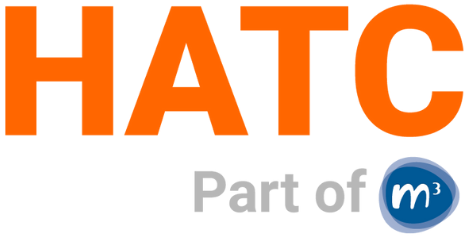Wikis are powerful communication tools that can also be used for other purposes such as technical authoring. We use a wiki to provide Development Procedures that are particularly flexible, and user-friendly. We think that their use will grow rapidly over the next few years. Nearly everybody is familiar with Wikipedia, but we thought it would be helpful to provide some background information on wikis generally.This piece has been adapted from” 7 things you should know about …Wiki” by Educause Learning Initiative, July 2005.
1. What is it?
A wiki is a Web page that can be viewed and modified by anybody with a Web browser and access to the Internet and (if applicable) intranet. This means that any visitor to the wiki can change its content if they desire – and if they have the authority to do so. Wikis can be open or controlled, either way acting as highly, collaborative group sites which improve communications within teams (internal and external) as well as managing documents more effectively.
Wikis are able to incorporate documents, and even sounds, movies, and pictures.
2. Who’s doing it?
The first wikis appeared in the mid-1990s. Scientists and engineers used them to create dynamic knowledge bases. Wiki content—contributed “on the fly” by subject-matter specialists— could be immediately (and widely) viewed and commented on. Adapted as a teaching technology in the past few years,
wikis are being used for a wide variety of collaborative activities. In addition to compiling information, wikis are used as repositories for meeting notes. Agenda items are contributed prior to a meeting; notes added during the meeting are saved in a public archive. The ability to export notes to Microsoft Word makes reporting easy and adds versatility to the meeting wiki. Some institutions are experimenting with wikis as e-portfolios. Files and content within a wiki-folio are easily shared when the wiki is used as a presentation tool.
One of the most commonly used wikis is Wikipedia—an online, editable encyclopedia that is popular with students. Wikis are also making inroads as rough Web-content composition tools.
3. How does it work?
Technically, a wiki is a combination of a CGI script and a collection of plain text files that allows users to create Web pages “on the fly.” All it takes is a connection to the Internet and a Web browser.
When you click a wiki page’s “Edit” link, the script sends the raw text file to your browser in an editable form, allowing you to modify the content of the page. Pressing the “Save” button sends the modified text back to the wiki server, which replaces the existing text file with your changed version for all to see. When you request a wiki page, the script gathers the corresponding text file, changes its marked-up text into HTML, turns user-selected words into hyperlinks, inserts this information into a page template, and sends the result to your browser.
4. Why is it significant?
Wikis offer a powerful yet flexible collaborative communication tool for developing process maps & procedures, training & CPD material, project document libraries and much more.
Because wikis grow and evolve as a direct result of people adding material to the site, they can address a variety of needs—staff involvement, group activities, and so on. Since wikis reside on the Internet or intranets, users can access and participate from any location, provided they have Internet/intranet access.
Even the most ‘controlled’ wiki will allow users to comment on the content of each page – such as a specific process map or procedural requirement – suggesting how it can be improved. Periodically incorporating user’s own suggestions into procedures and working methods improves the feeling of ownership by staff, enhancing compliance and improving risk management.
5. What are the downsides?
In open wikis users can modify the content of a wiki (add to, edit, delete materials), which carries some risks. Thus, wikis are often monitored to ensure that inappropriate language, spam, and incorrect or inappropriate content are not allowed. This can be both time-consuming and personnel-intensive. As a result, many wikis require authorization so only authorised users can modify content – they are ‘controlled’.
A wiki is essentially a database created by a group rather than an individual. Structuring the initial content in such a database for easy access can be a challenge—one that a team or organisation might not have encountered before. How one accesses information on the wiki, navigates the site, creates internal and external links to additional information, and so forth needs to be addressed early.
Another shortcoming of an open wiki (albeit a minor one) is that it represents the collective perspective of the group that uses it — a wiki has a collaborative bias. Over time, the values, perspectives, and opinions of its users can become embedded in a wiki. Open wikis are well suited to reflecting current thoughts but perhaps not as effective in obtaining unbiased perspectives on rapidly evolving topics or issues. This is less of an issue for wikis that are controlled.
